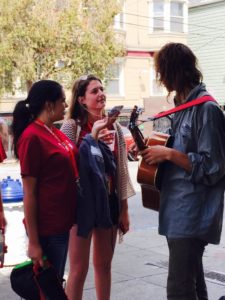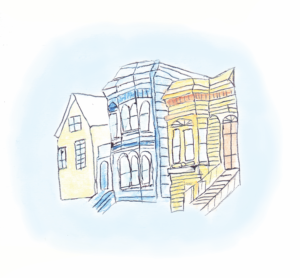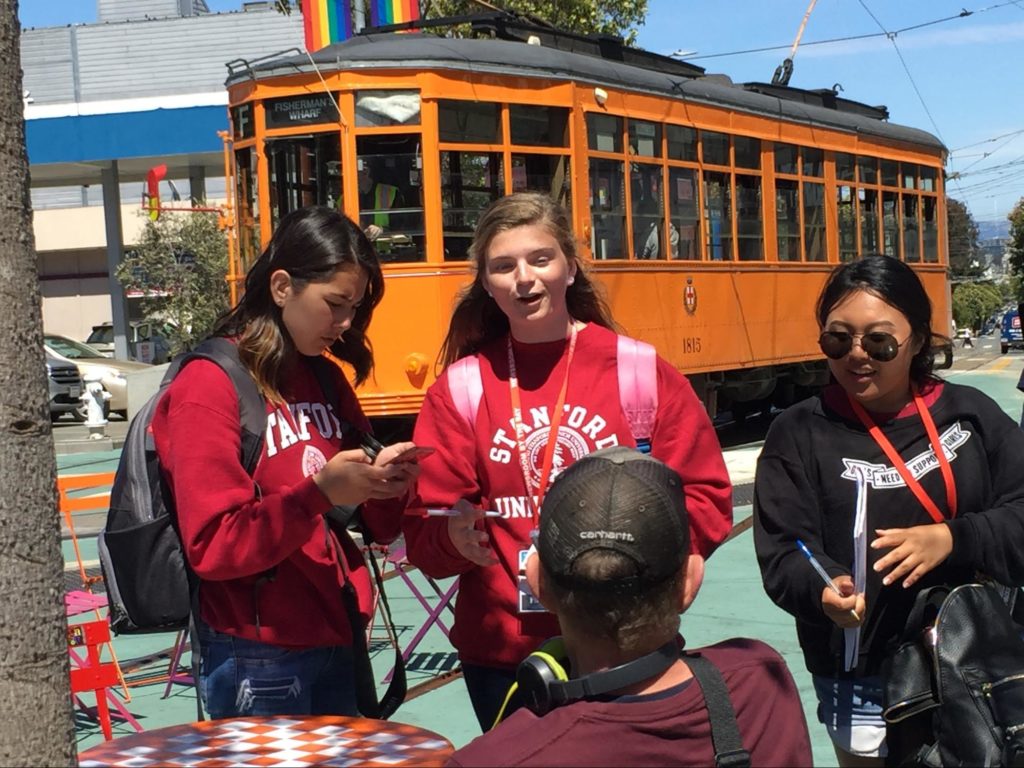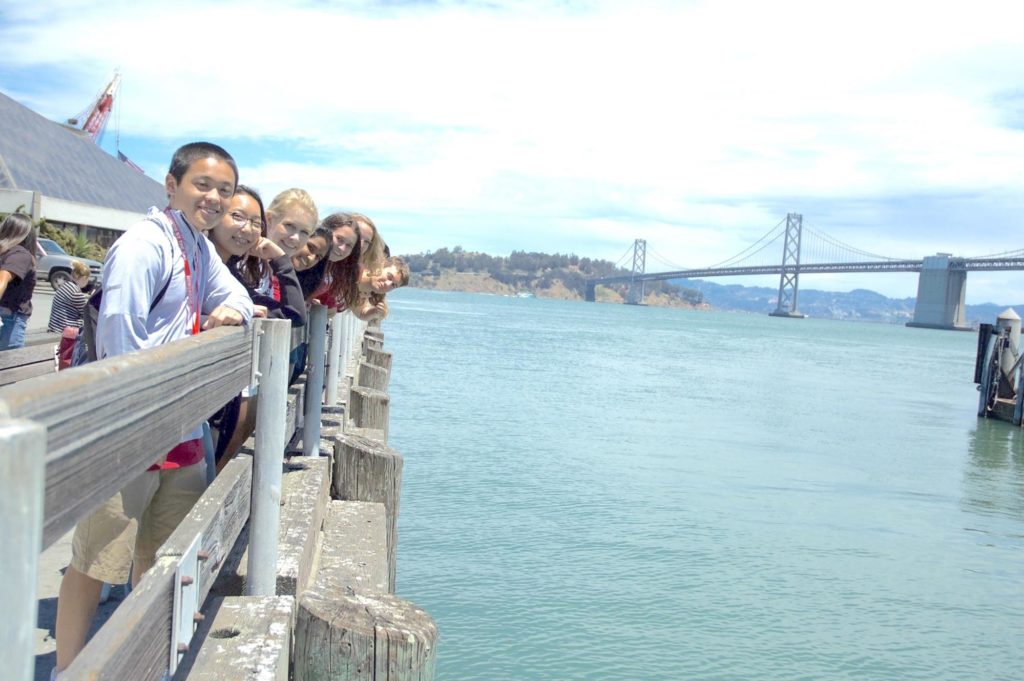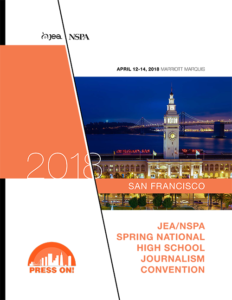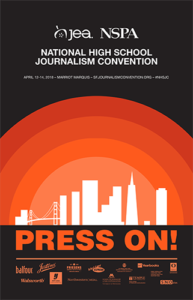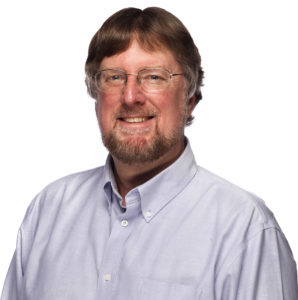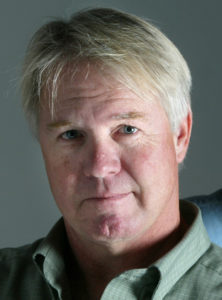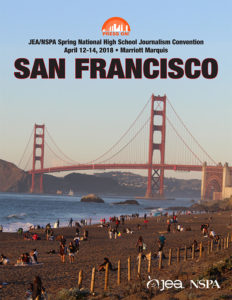 A PDF of the program for the Spring National High School Journalism Convention is available for download. The program includes details on all convention activities, including session listings/descriptions, awards, speaker biographies, hotel maps, special events, keynote speakers, convention officials, sponsors and more.
A PDF of the program for the Spring National High School Journalism Convention is available for download. The program includes details on all convention activities, including session listings/descriptions, awards, speaker biographies, hotel maps, special events, keynote speakers, convention officials, sponsors and more.
A mobile and web version of the program is also available via EventMobi. Download EventMobi from your app store (code: nhsjcspring18) or visit eventmobi.com/app/nhsjcspring18.
A printed version of the program will be available for pickup during registration at the convention. Because of last-minute additions, cancellations or changes, please be sure to pick up your copy of “Convention Update” at the registration desk during the convention.
No pre-registration is required for individual breakout sessions except for Thursday pre-convention workshops and extended sessions. Seating in each meeting room is limited, and convention officials encourage advisers and students to choose alternate sessions in the event a meeting room fills quickly. Sessions are 50 minutes long, unless otherwise noted, with 10-minute breaks between sessions. All sessions will be at the Marriot Marquis unless otherwise specified.

